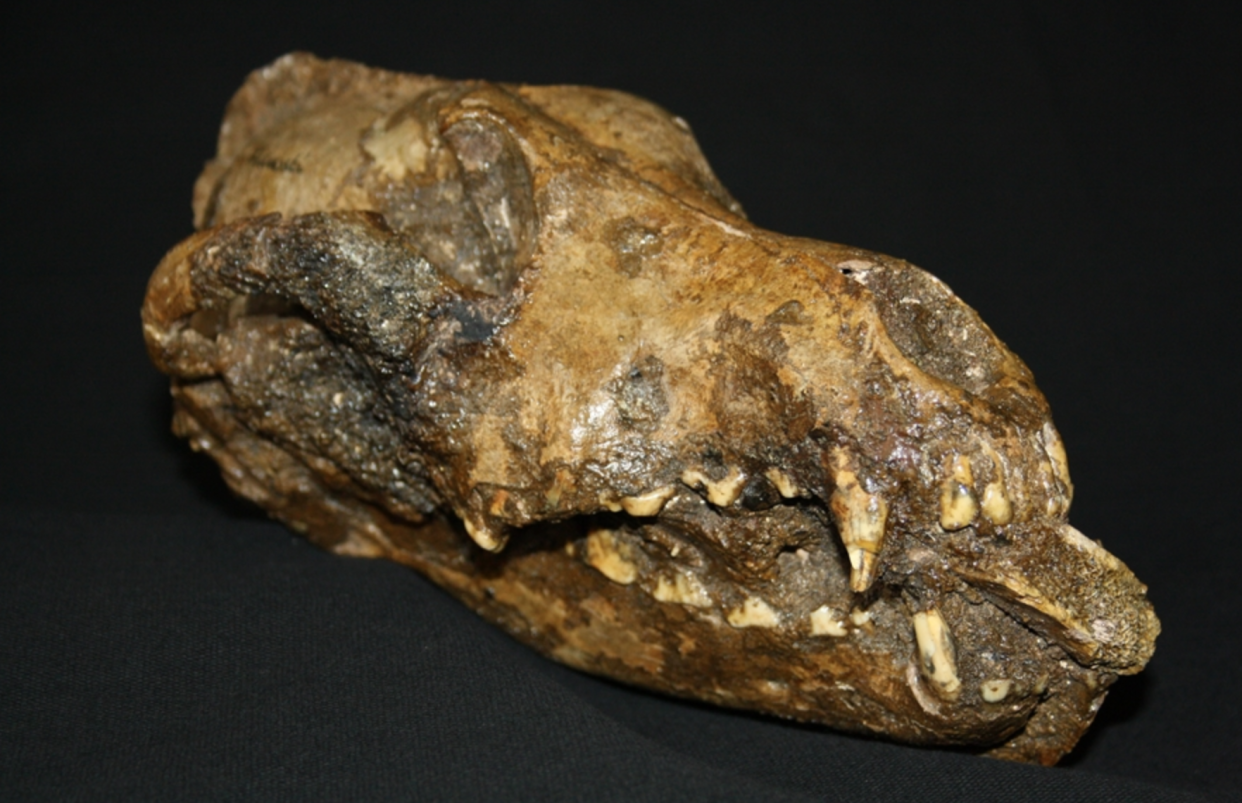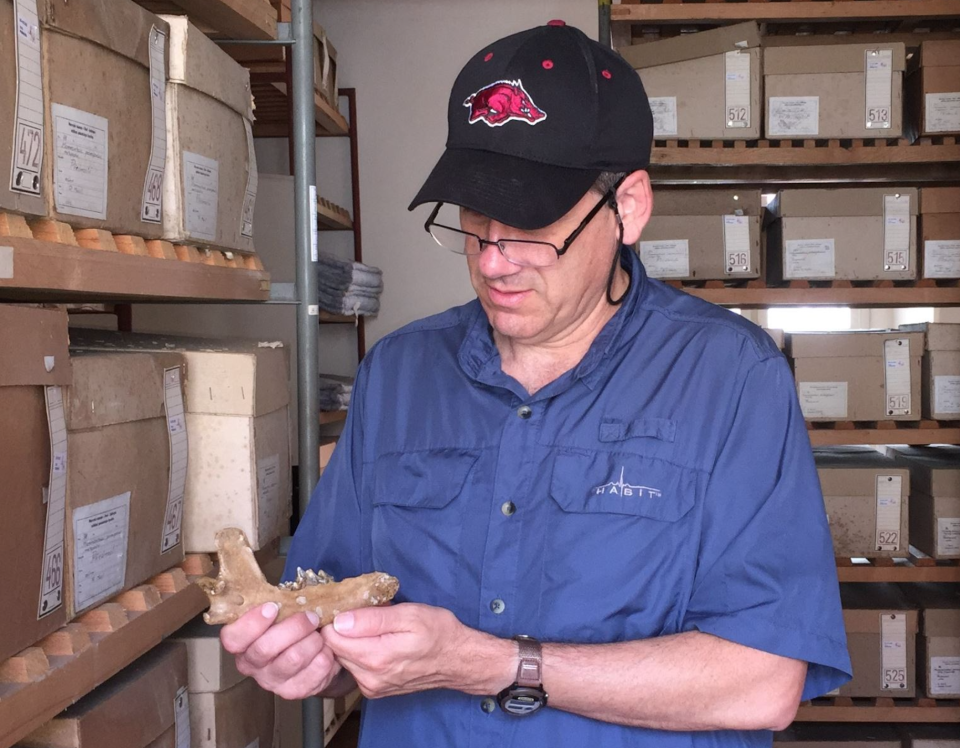'Protodog' skull suggests man's best friend became domesticated during the Ice Age

They’re known as ‘man’s best friend’, but scientists have now unearthed evidence suggesting ‘protodogs’, their predecessors, became domesticated back in the Ice Age.
A study of teeth from a 28,500-year-old fossil site in the Czech Republic suggests ‘canids’ – members of the dog family – had already split into two groups by then, meaning humans may already have started domesticating dogs.
The study, published in the Journal of Archaeological Science, revealed the differences between the wear on teeth of wolf-like canids and those of animals that would be seen as more similar to dogs.
The differences were caused by the animals’ differing diets, the researchers said, with larger ‘wear scars’ on protodogs’ teeth suggesting their diet included hard, brittle foods, while their wolf-like counterparts had smaller scars revealing that they consumed more flesh.

The study, co-directed by Peter Ungar, distinguished professor of anthropology at the University of Arkansas, performed dental microwear texture analysis on a sample of fossils from Předmostí site in the Czech Republic, which contains both wolf-like and dog-like canids.
Ungar said the suggestion that some of the canids were consuming hard objects suggested they were eating bones and other less desirable food scraps within human settlement areas.
Read more: Kickboxer jailed for 28 years after stabbing pub landlord to death over ban
Read more: Devastated mum's describes heartbreak after losing both parents and son in crash
He said: “Our primary goal was to test whether these two morphotypes expressed notable differences in behavior, based on wear patterns.
“Dental microwear is a behavioural signal that can appear generations before morphological changes are established in a population, and it shows great promise in using the archaeological record to distinguish protodogs from wolves.”
According to the University of Arkansas, dog domestication is the earliest example of animal husbandry and the only type of domestication that occurred well before the earliest definitive evidence of agriculture.
But it said there is debate about when the initial domestication of dogs actually happened, with estimates varying between 15,000 and 40,000 years ago, well into the Ice Age.
It said the the timing of the domestication process is important for understanding elements like early cognition and behaviour.

 Yahoo News
Yahoo News 

